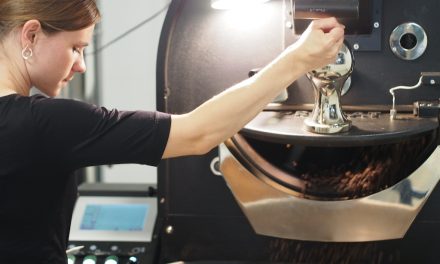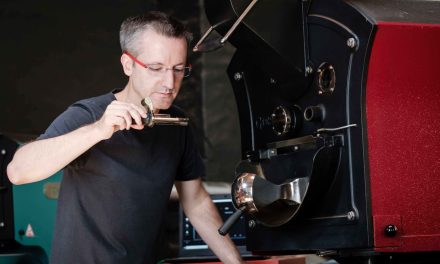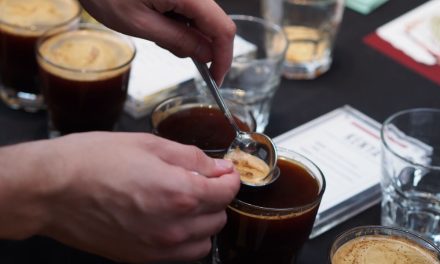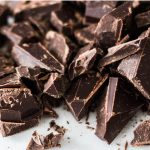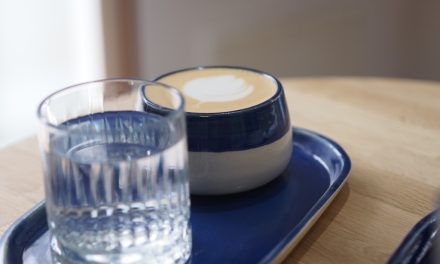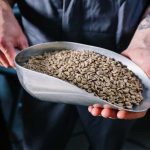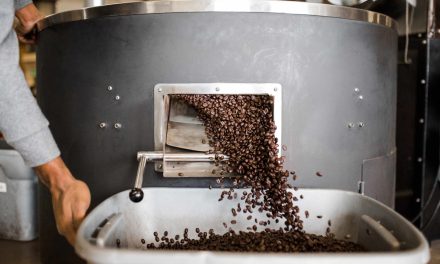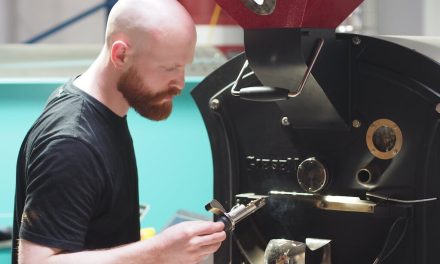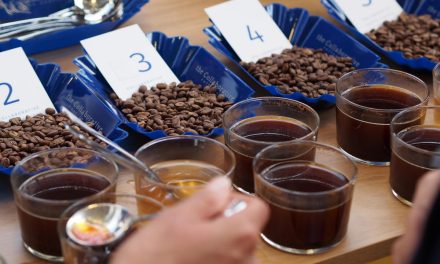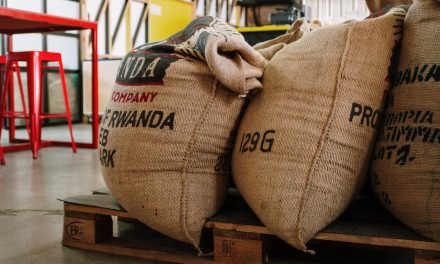
A little test on roasting styles
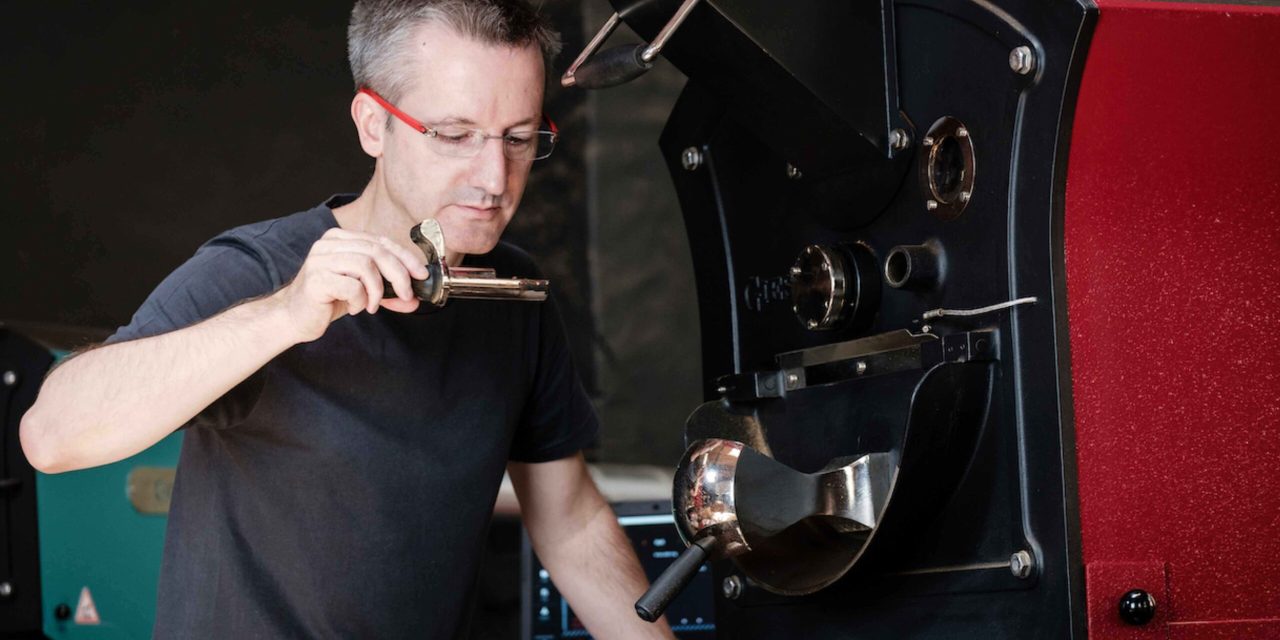
The fun of roasting begins with the tasting and the sensory impressions it provides: Should I take the coffee out 10 seconds earlier? Should I adjust the drum speed a little? Have I perhaps added too much energy too early?
This article is for you if you
Want to know which roasting style you use for your roasts
Want to know which roasting styles are currently known
Want to know the sensory differences between the roasting styles
If you want to be inspired by other styles
Only the tasting of each roast provides an insight into what has happened in the drum. And whether the result matches our roasting plan.
But much more fundamentally, you can also tell from each cup whether we always roast our coffees according to a certain pattern, i.e. which roasting style we use.
Like every baker, every coffee roaster has their own way of roasting coffee. Regardless of the individual roasting profile of each coffee.
Want to know which roasting style you use? Then we invite you to find out!
And this is how it’s done:
- Prepare a cupping of one or more coffees from your production.
- Place the roasting styles described here next to it and check each coffee to see whether it has the sensory characteristics of a style.
- Make notes on this.
- Evaluate your results.
Alternatively, you can also describe the sensory profile of your coffees yourself on a piece of paper and then compare them with the roasting styles that come closest to your description.
These terms characterize your roasting style
In our roasting and sensorywclasses We use the following terms to characterize the different roasting styles:
Light Roast: light perceptible acids, little bitterness, little body, tea-like, possibly slightly underdeveloped, possibly a little “green”
Fast Roast: high acidity(ies) followed by roasted aromas in direct sequence, therefore unbalanced but familiar to the consumer
Balanced Roast: Balanced, good acidity/sweetness ratio, perhaps a little “boring” compared to any other roast style, simply because it is very harmonious
Baked Roast: Notes of dark bread, especially in the finish/aftertaste
Dark roast: roasted aromas predominate, little to no perceptible acidity
You may wonder how to evaluate the coffee on the spoon.
We present you here two options (there might be more though):
- the coffee score sheet and
- the in/out test technique.
The SCA coffee sheet basically answers only one question
With the coffee score sheet, we evaluate 10 sensory characteristics of a coffee and at the end we get a score.
The 10 characteristics are as follows: aroma, flavor, sweetness, acidity, body, uniformity, aftertaste, flawlessness, balance and overall impression.
Each characteristic is given a maximum of 10 points. Coffee Score Sheets are available from the SCA and also from the Cup of Excellence, although both systems have different objectives. In this case, we would therefore advise you to use the SCA score sheet or to develop your own.
The questions that a coffee score sheet answers are: “Is my coffee a specialty coffee (over 80 points)”, “How many points does my coffee achieve?” or “Which characteristics stand out (quality of acids, body,..)?”.
The advantage is that you get a precise analysis of your coffee, broken down into the individual characteristics. It’s also ideal if you want descriptions of the flavors or the quality of your acids and body. And it’s also nice to have a score so that customers or colleagues have an initial idea of what they can expect from the coffee.
One disadvantage is that it takes a long time: until the cupping is finished, until everything has been tasted, until everything has been calculated. It can easily take an hour. Another disadvantage is that you often need several tasters to arrive at a reliable score. You then calculate an average from the results of all tasters to arrive at a realistic score.
And: all tasters must know how to use the score sheet and be “calibrated” as a group so that they understand the same thing from the sensory impressions.
Why the in/out technique is better suited for control
The Coffee Score Sheet is rather unsuitable for tasting your production. It is better to use the in/out test technique. One cup represents our reference coffee: this is how it should taste. We check each cup to see if it is the same as our reference coffee or not. We are not interested in the details. We just check for “fit” or “match”.
The advantage of this technique is that we can see much more quickly whether our coffee is within the range that we have defined as acceptable. It is easy and quick to set up. We use the reference coffee to determine the order of tasting, because we always start with it and compare each coffee with it.
The disadvantage is that our guessing probability is very high. This means that for every cup that I test against our reference coffee, there is a 50% chance that I will say “yes, that’s right” or “no, that’s not right”. Because one of these two results it will definitely be. Even with guessing, my chances of catching the “wrong” one and waving it through, even though it doesn’t actually match the reference, are quite good.
Is it still a roasting style or already a roasting error?
From preparation, we know the errors of under-extraction and over-extraction. This principle can also be applied to roasting: there are coffees that are underdeveloped by roasting and there are coffees that are practically overdeveloped.
Underdeveloped coffees lack the sweetness of caramelization. This sweetness binds the perceptible acids so that they are not unpleasantly sharp. The products of the Maillard reaction, which form heavy proteins and in turn make themselves felt as body, are also missing.
In over-developed coffees, there are too many products of caramelization and the Maillard reaction, and perhaps too many noticeable roasted aromas. Sensory perceivable acids no longer prevail here.
What we can learn
There are as many roasting styles as there are roasters. Each onr has their own style of roasting coffee. The five roasting styles in this case come up again and again in our practice and they can be recognized comparatively well by sensory analysis.
They also show how much leeway there is in roasting a single coffee. This is because I can prepare each coffee in these five ways or in the countless shades of grey in between, and the green coffee always remains the same.
The roast style test can also show us which roast parameters we can adjust if we want to change our style in one direction or another. Do we need more sweetness from caramelization or more body from the Maillard reaction? Do we reduce roasted aromas a little or do we deliberately add them?
Have you done the test? What are your experiences? Feel free to share them in the comments or write us a message at hello@roestprofile.com.


